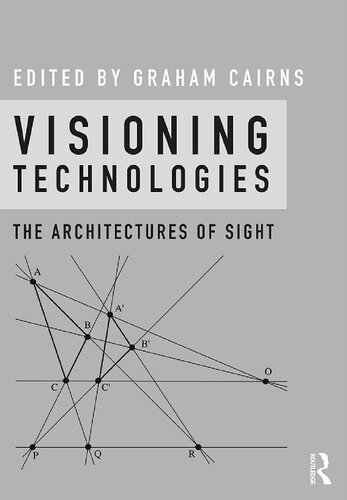

Most ebook files are in PDF format, so you can easily read them using various software such as Foxit Reader or directly on the Google Chrome browser.
Some ebook files are released by publishers in other formats such as .awz, .mobi, .epub, .fb2, etc. You may need to install specific software to read these formats on mobile/PC, such as Calibre.
Please read the tutorial at this link: https://ebookbell.com/faq
We offer FREE conversion to the popular formats you request; however, this may take some time. Therefore, right after payment, please email us, and we will try to provide the service as quickly as possible.
For some exceptional file formats or broken links (if any), please refrain from opening any disputes. Instead, email us first, and we will try to assist within a maximum of 6 hours.
EbookBell Team

4.4
32 reviewsVisioning Technologies brings together a collection of texts from leading theorists to examine how architecture has been, and is, reframed and restructured by the visual and theoretical frameworks introduced by different ‘technologies of sight’ – understood to include orthographic projection, perspective drawing, telescopic devices, photography, film and computer visualization, amongst others.
Each chapter deals with its own area and historical period of expertise, organized sequentially to mark out and analyse the historical evolution of how architecture has been transformed by technologically induced shifts in human perception from the 15th century until today. This book underlines the way in which architectural forms and design processes have developed historically in conjunction with the systems of sight we manufacture technologically and suggests this continues today. Paradoxically, it is premised on the argument that these technological systems tend, in their initial formulations, to obtain ever greater realism in our visualizations of the physical world.